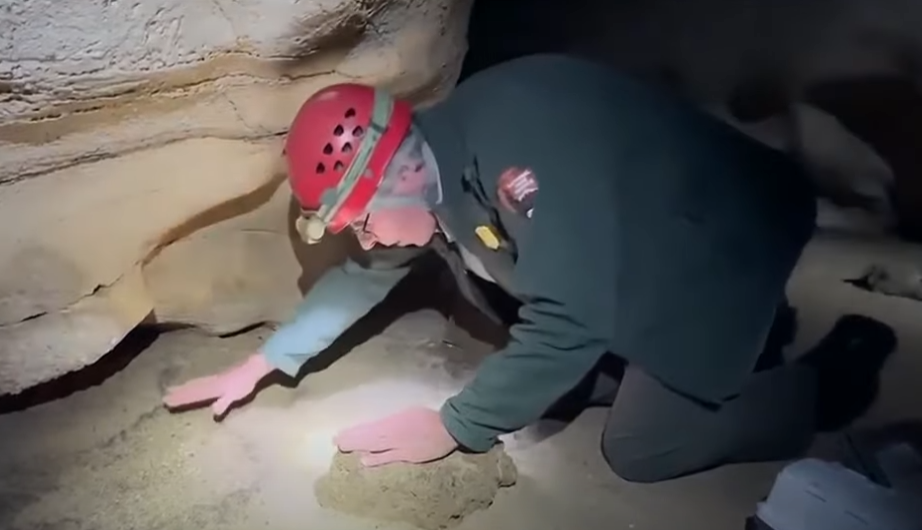Scientists are captivated by the discovery of two remarkable ctenacanth shark species in Kentucky’s Mammoth Cave, which have sparked curiosity and interest in the shadows.
Troglocladodus trimblei and Glikmanius careforum, their names echoing through time, now join the pantheon of prehistoric wonders discovered within the labyrinthine depths of this extraordinary cave system.
Mammoth Cave, revered as the world’s longest known cave system, has beckoned explorers and scientists alike since its designation as a national park in 1941. Its sprawling network of passageways, totaling over 400 miles, continues to reveal the mysteries of Kentucky’s subterranean realm.
Despite the land-locked nature of Kentucky today, the region’s geological history tells a tale of ancient seas and vibrant marine life.
Over 325 million years ago, Kentucky and Alabama were submerged beneath an expansive seaway, connecting continents in a watery embrace that has long since vanished with the shifting tides of geological time. Troglocladodus trimblei, christened with a name meaning ‘Cave Cladodus’ or ‘Cave Branching Tooth,’ has left its mark within Mammoth Cave and the surrounding formations. (https:)
Mammoth Cave’s Ancient Sharks

Named in honor of Superintendent Barclay Trimble, whose early discovery of a lone tooth sparked the journey to uncover this species, Troglocladodus possibly reached lengths comparable to modern oceanic whitetip sharks, prowling the ancient seas with a similar grace and ferocity.
Meanwhile, Glikmanius careforum, a newly unearthed species, has rewritten the timeline of ctenacanth lineage by over 50 million years. This ancient predator, characterized by its formidable bite and short head, represents a significant addition to our understanding of prehistoric marine ecosystems.
Named as a tribute to the Cave Research Foundation, whose diligent members unearthed a partial set of jaws and gills belonging to this species, Glikmanius careforum shares a similar stature to its contemporary, Troglocladodus trimblei.
Superintendent Barclay Trimble reflects on the collaborative efforts that have fueled these discoveries, highlighting the pivotal role of partnerships between the National Park Service, the University of Alabama Geological Sciences Department, and the dedicated members of the Paleontological Resources Inventory.
Together, they continue to unveil a trove of ancient wonders, illuminating the depths of Mammoth Cave and offering glimpses into a world long past, where sharks ruled the primordial seas with an elegance and power that echoes through the ages.


Comments are closed.